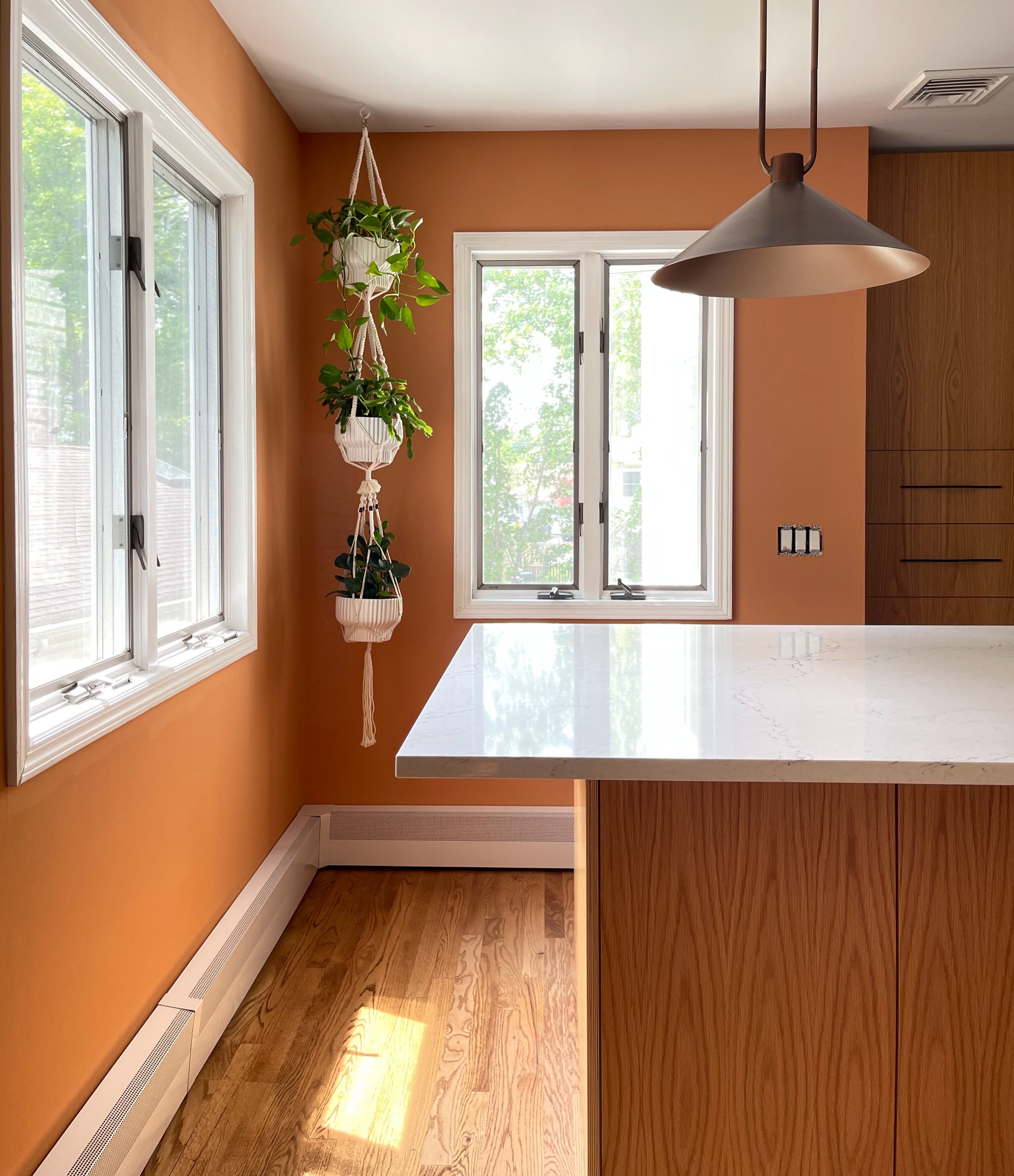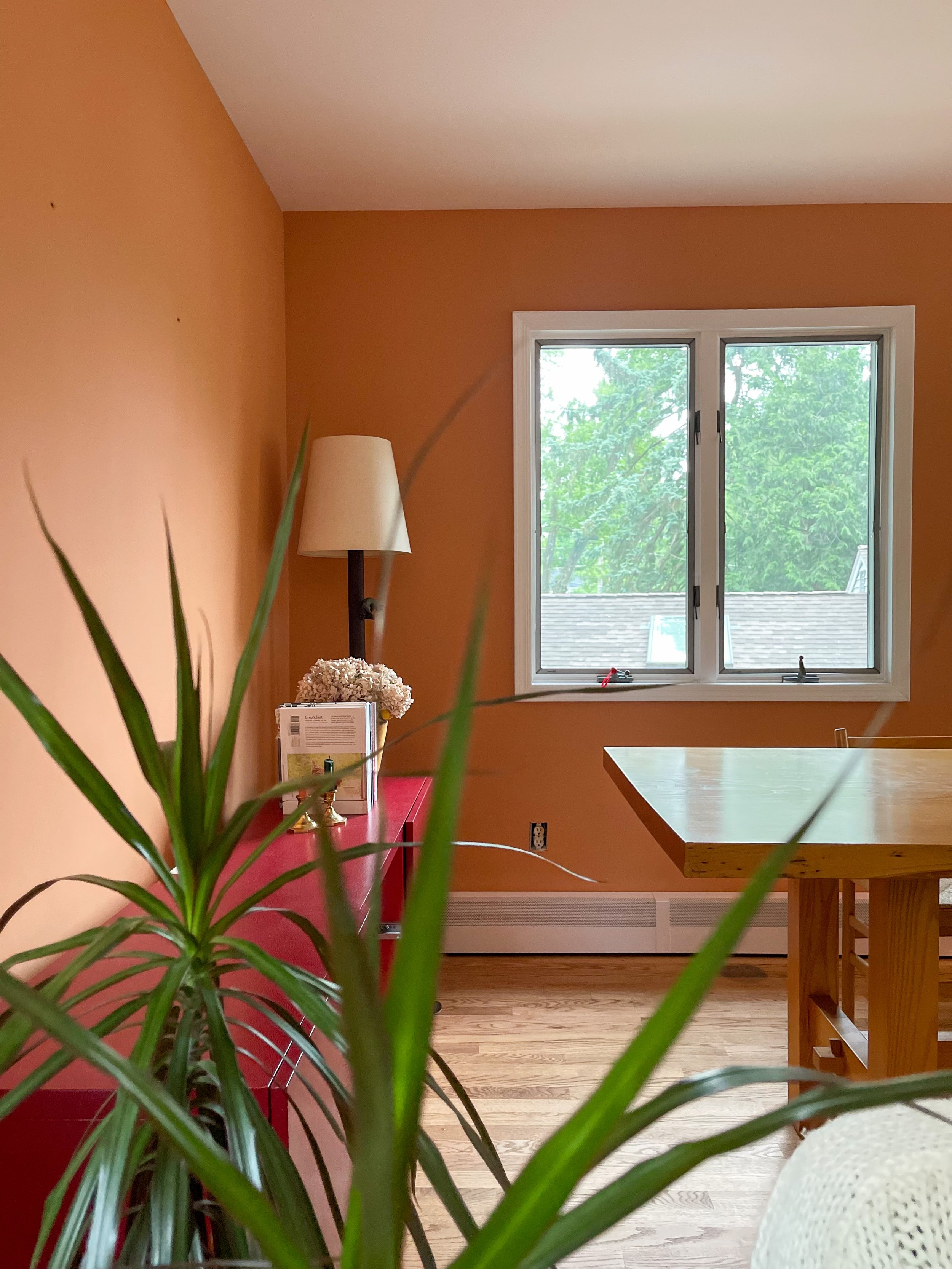How Did I Cover My Walls Using Only a Gallon of Paint for a 3-Gallon Job?
I recently attempted to transform my living room walls using a DIY Roman clay technique. However, as often happens with DIY projects, things went differently than planned.
I was inspired by Refresh Home Improvements' DIY Roman Clay technique and decided I wanted to try it. They mixed wall paint with a joint compound to create that smooth clay-like paste to make a textured surface. So with all my optimism, I tested mixing two-part Ben Premium Flat Interior Paint & Primer (in Sweet 'n Sour from Benjamin Moore) and one part USG Dust Control Joint Compound.
The mix turned out much thinner than anticipated. It needed to be thicker to achieve the textured result I was looking for, which meant adding more compound to the mix. The thing is, I really liked how it looked as rolled with a paint roller.
So, despite the initial setback, I decided to make the best of the situation and opted for a simpler alternative - painting the entire wall with my mixture of compound and paint.
When I bought the paint from our local Benjamin Moore store, I was told that Ben Premium Flat paint would take about three coats to cover the previously painted wall without any primer.
As I made my way along the wall, I was positively surprised that the compound-paint mixture was covering the wall well enough that only a hint of blue was showing through as it dried with a slight texture to the touch. It looked so good that I decided to use the paint roller for the rest of the area, and it only took 2 coats to cover 460 sqft wall fully.
Sometimes the best results arise from adapting to https://rstyle.me/+gUizanOmhEBH4BPQ_s4EHwunforeseen circumstances. So, if you face a deviation from your original plan, embrace the exploration. Who knows? You might end up with a unique and beautiful outcome that exceeds your expectations!
Tools and Supplies Used
1 Gallon + 1 Quart Benjamin Moore Ben Premium Flat Interior Paint & Primer
3.5 Quart USG Dust Control Joint Compound
5 Gallon Bucket to mix the paint and the compound
23 in. Steel Spiral Mixer for 5 Gal. Containers
Heavy Duty 5 gal. Metal Bucket Grid
9 in. Standard Paint Roller Frame
9 in. High-Capacity Polyester Knit Paint Roller Cover
2 in. Shortcut Hook & Hold Polyester Angle Sash Brush
6 in. Flexible Joint Knife (meant for applying the paste)




